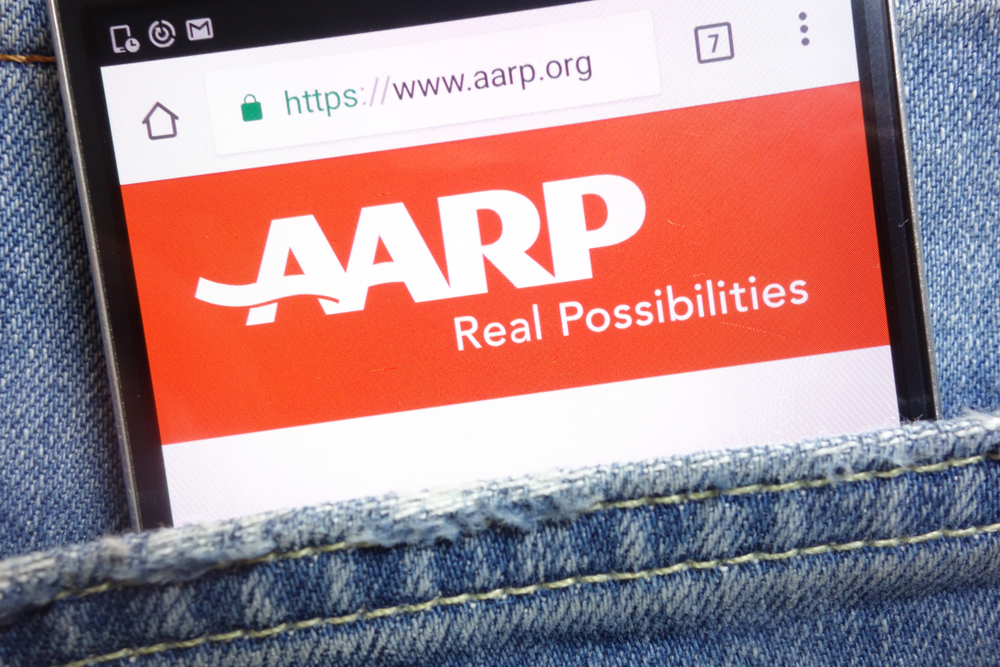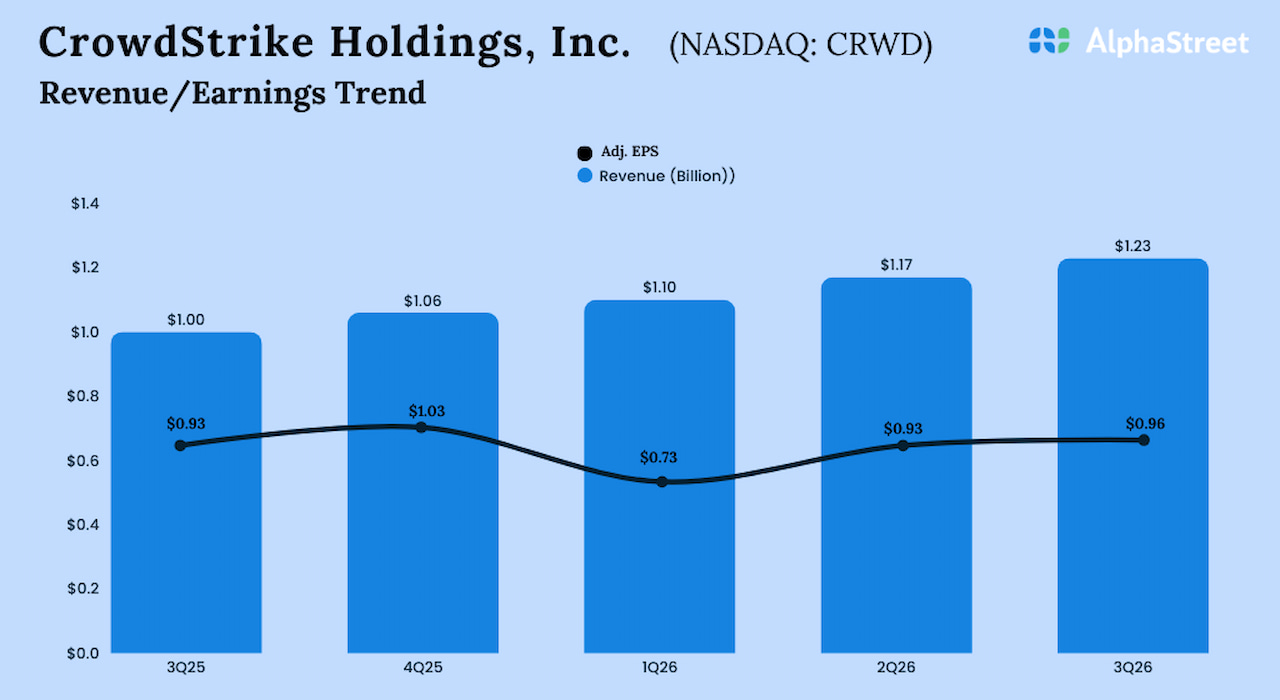Inflation in Canada rose to 2.4% this September, as reported by Statistics Canada. Excluding gas, the rate sits at 2.6%. Volatile prices among all essentials, from groceries to shelter, are ramping up the cost-of-living crisis for all Canadians.
Grocery prices have been on the rise since the pandemic and cannot be attributed to tariffs. The Consumer Price Index (CPI) shows grocery inflation is approximately 4% year-over-year, compared to an overall inflation rate of 2.4 percent. The 2025 Canada’s Food Price Report estimated that a family of four would spend C$16,833 on food throughout 2025, an increase of C$802, but prices have surpassed expectations.
Grocery prices surpassed overall CPI during COVID when inflation averaged 2.8%. That was merely the beginning of rising food prices, which rose to 3.5% YoY by 2021. Global energy price shocks due to the Russian-Ukrainian war, coupled with agricultural volatility, caused prices to reach all-time highs in 2022 when food inflation reached 9.8%. With no relief in sight, grocery prices peaked in early 2023 above 10%, marking a four-decade high. Prices stabilized to an extent this year but continue to outpace the overall rate of inflation.

Shelter is the other main component of the cost-of-living crisis in Canada. Over the last five years, the shelter component of CPI advanced from around 150 to about 188 index points, or a cumulative increase of roughly 25% since the pandemic. The Bank of Canada reduced rates to near zero early in the pandemic, which caused a surge in home purchases. National shelter CPI climbed 2% annually, but home prices soared 20% from mid-2020 to the end of 2021 as the cost of borrowing and inventory was low. Rent freezes among provinces caused the shelter component of inflation to remain muted through 2021.
The central bank pivoted from QE in 2022 and led to an unprecedented rise in mortgage costs. Shelter inflation soared above 6%, a level not seen since the early ‘80s. Real estate prices waned later in the year but CPI shelter costs rose due to rising mortgages. Shelter inflation peaked to 7% YoY in mid-2023, driving the majority of the broader CPI, while rentals averaged around 9%. Mortgage interest costs spiked by over 28% YoY, according to StatCan data.
Shelter relief was brief in 2024 for owners, but rentals soared above 9% into August. The average nationwide rental price hit C$2,200 by the end of the year, or 30% higher than pre-pandemic levels. The central bank maintained the 5% policy rate and interest costs plateaued. Now in 2025, shelter inflation still remains well above overall inflation. CPI shelter hit 188 in August, 2.6% up YoY, while rent decreased from 9% to 5%. Policy cuts at the BoC led to an average mortgage rate at around 4.6%. Still, shelter costs continue to rise faster than every CPI component aside from food in recent years.
Rentals are one-third higher than pre-pandemic levels and vary widely based on province. Grocery prices have not meaningfully waned since the pandemic, but these costs have become the new norm. Governments cannot prince away inflation through rate policy. Fiscal deficits and currency debasement must be addressed. If government spending continues, debt levels rise, and the central bank becomes effectively stuck. Central banks have limited control over inflation since fiscal and monetary policy have become polar magnets.
























